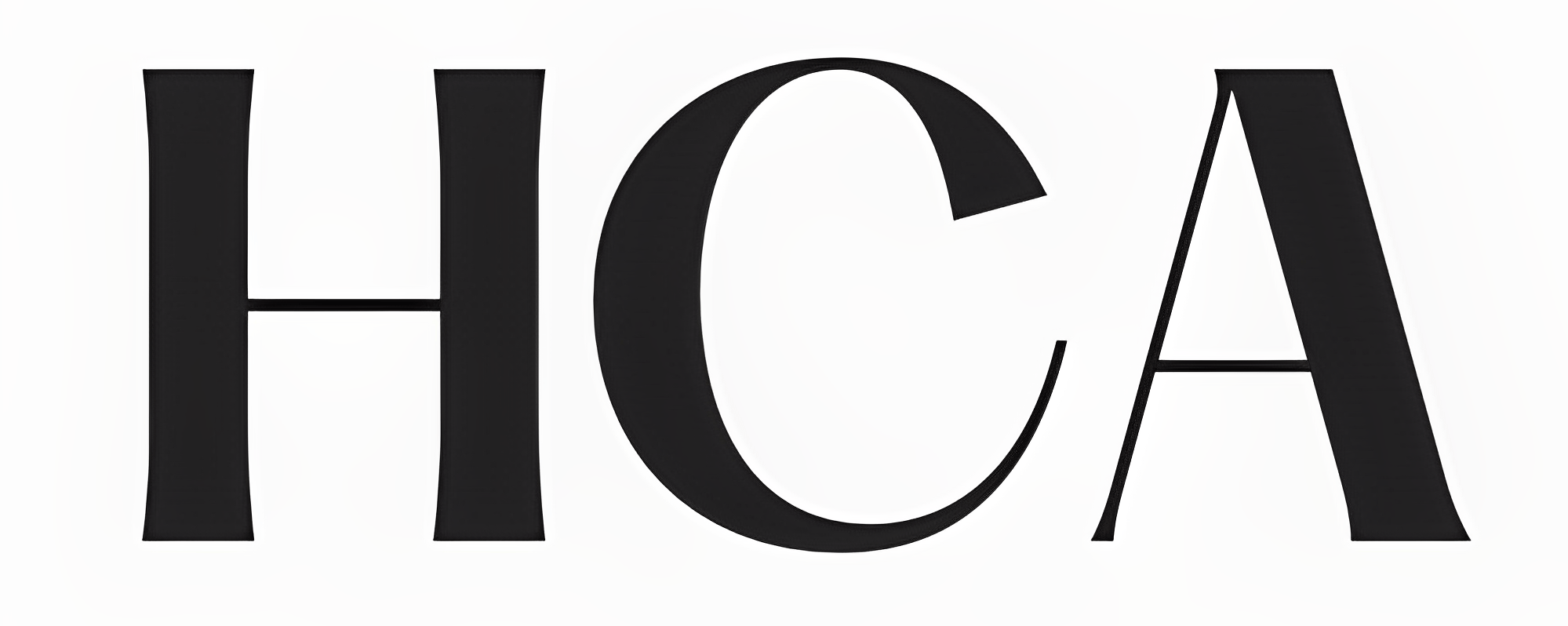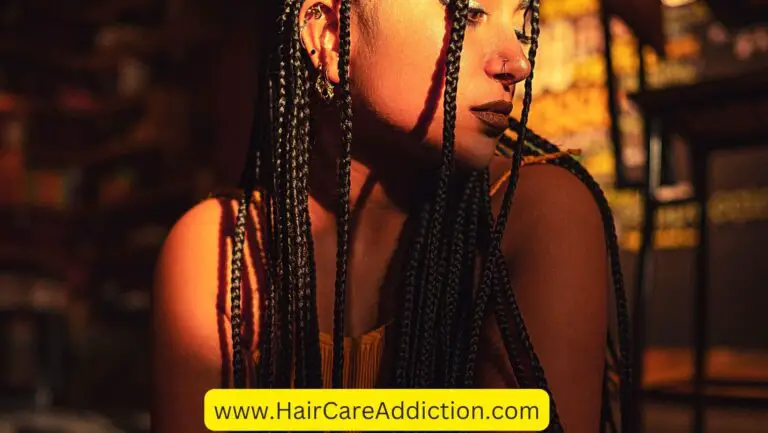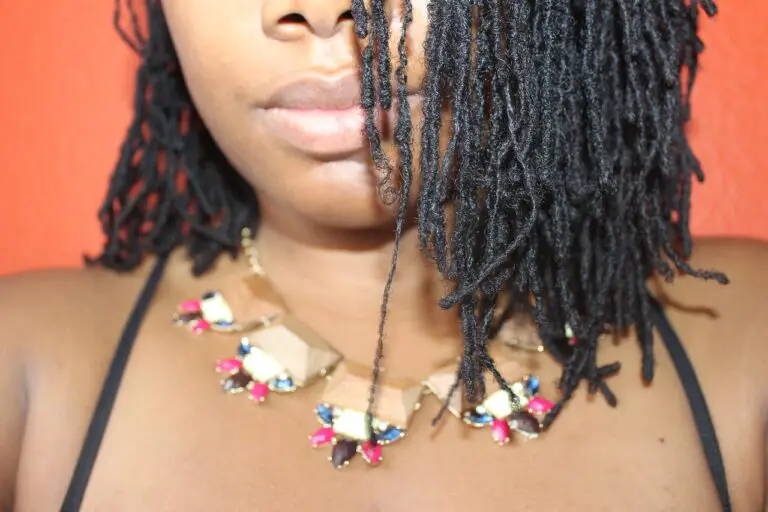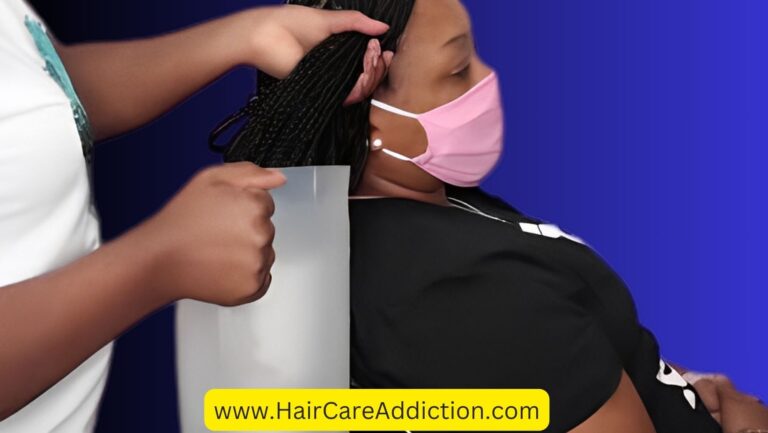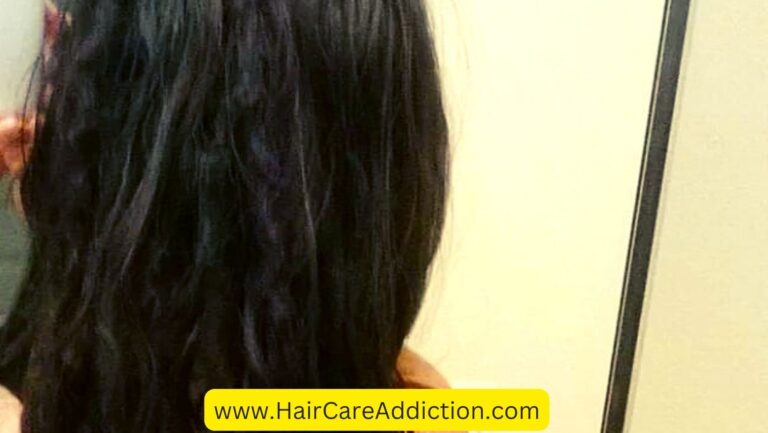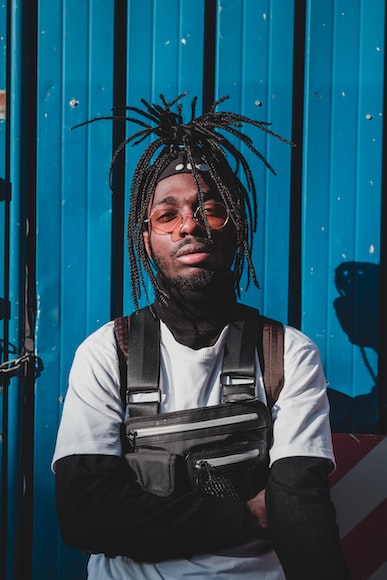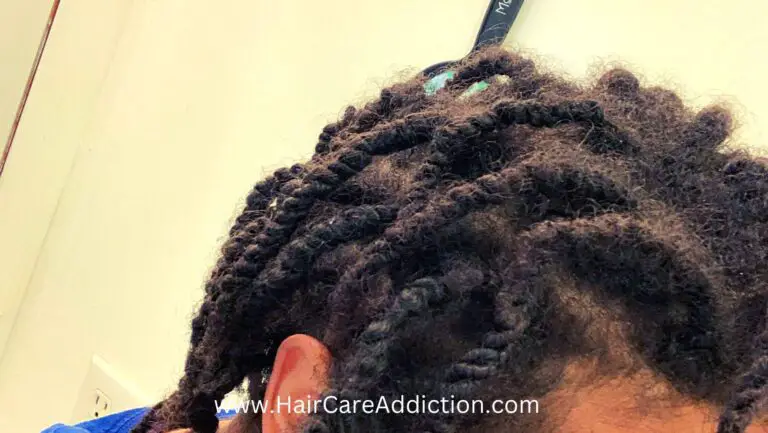Why Loc Your Hair: Benefits and Downsides of Dreadlocks
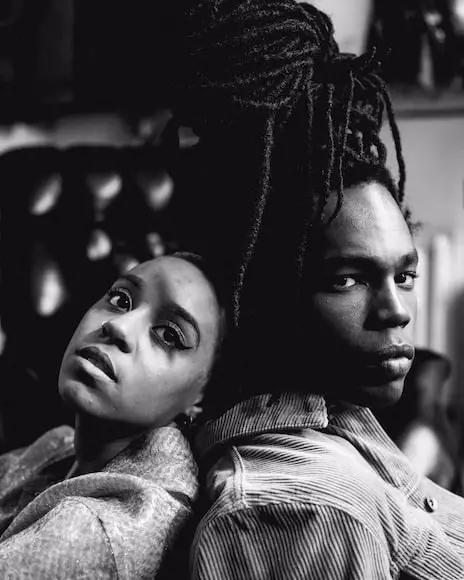
Dreadlocks, or “locs,” are a popular hairstyle with a long history, worn by people from various cultures and backgrounds for centuries.
But is loc’ing your hair the right choice for you?
In this article, we’ll explore the benefits and downsides of having dreadlocks, how hair locs up, and the different types of locs available.
By the end, you’ll have a better understanding of whether loc’ing your hair is a good decision for you.
What is Hair Loc?

Hair locs, also referred to as dreadlocks or simply ‘locs,’ are a natural, chemical-free hairstyle that involves sectioning hair into pieces and allowing them to mat and twist over time, creating cylindrical, rope-like strands. This hairstyle has a rich cultural history and significance, and is a popular choice among many individuals, particularly those of African descent, due to its low-maintenance nature and aesthetic appeal.
Locs are formed through a process of matting and knotting the hair, which occurs naturally if hair is left without combing or brushing for a period of time. This process can also be facilitated through various techniques such as backcombing, twisting, braiding, or the use of a crochet hook.
There are several types of locs, each differing in size, method of creation, and maintenance requirements. Some of the common types include traditional dreadlocks, Sisterlocks, Freeform locs, and Microlocks. Traditional dreadlocks are usually larger and often maintained by palm rolling or retwisting the new growth at the roots. Sisterlocks and Microlocks are smaller in size, created using a special tool, and require a certified consultant for installation. Freeform locs are created by allowing the hair to lock and grow without manipulation, resulting in a unique, individual pattern.
The decision to loc one’s hair is often more than just a style choice. For many, it is a journey of self-expression, embracing natural beauty, or connecting to cultural roots. Locs can be a symbol of religious or spiritual beliefs, as seen in Rastafarianism and the Hindu and Buddhist faiths. For others, it’s about making a fashion statement, showcasing creativity, or even a commitment to a simpler, more organic lifestyle.
Maintaining locs involves regular washing and ensuring the scalp and hair are kept moisturized. Contrary to popular belief, locs must be kept clean to properly lock and mature. The use of residue-free shampoos is generally recommended, and the frequency of washing will depend on personal preference and lifestyle. It’s also important to note that while locs are considered a low-maintenance hairstyle, they do require care, especially in the beginning stages.
It’s worth considering that locs are a commitment. Depending on your hair texture and the loc method used, it can take anywhere from three months to a year for the hair to fully lock. During this time, the hair goes through various stages, including the bud stage where the ends begin to knot, followed by the teenage stage characterized by more matting and shrinkage, before finally maturing into smooth, cylindrical locks.
Once matured, locs can be styled in numerous ways, including braids, updos, and even curls. Their versatility, coupled with their rich cultural significance, has made them a popular choice for people of all ages and walks of life.
Hair locs are not only a distinctive hairstyle but also a testament to a journey of patience, cultural expression, and natural beauty. They embody a lifestyle and philosophy that embraces individuality and liberation from conventional beauty standards. Whether worn for spiritual, cultural, or aesthetic reasons, locs are a unique manifestation of personal style and identity.
How Does Hair Loc Up?
Loc’ing hair involves a process of matting, tangling, and interlocking hair strands to create the rope-like appearance of dreadlocks.
There are several methods to loc hair, such as twist and rip, backcombing, and palm rolling.
Each method works by encouraging the hair to mat and tangle, eventually forming the tight, interlocked structure of locs.
The time it takes for hair to loc up varies depending on the method used and the individual’s hair type.
Types of Locs
There are various types of locs, each with its own unique appearance and method of creation. Some common types of locs include:
- Traditional dreadlocks: These are the most common type of locs, created using methods such as backcombing, palm rolling, or twist and rip.
- Sisterlocks: A patented loc’ing technique that uses a unique interlocking method, resulting in smaller, thinner locs.
- Freeform locs: These locs are formed naturally by allowing the hair to grow and mat without any specific method or manipulation.
- Faux locs: A temporary loc’ing option using extensions to create the appearance of locs without actually loc’ing the natural hair.
Why Loc Your Hair: Benefits
There are several benefits to loc’ing your hair, including:
- Versatile styling options: Dreadlocks can be styled in numerous ways, such as buns, ponytails, or accessorized with beads and wraps.
- Increased hair strength: Loc’ed hair is less prone to breakage and damage due to the interlocking structure of the strands.
- Low maintenance: Dreadlocks require less frequent washing and styling, making them a convenient choice for those with busy lifestyles.
- Cultural and spiritual significance: For many people, loc’ing their hair holds deep cultural or spiritual meaning, allowing them to connect with their heritage or religious beliefs.
Downside of Having Loc
Despite the benefits, there are also some downsides to having locs:
- Loc’ing your hair is a long-term commitment, and removing dreadlocks often requires cutting the hair.
- Depending on the method used, loc’ing hair can take several months or even years to fully mature.
- Locs can accumulate dirt, lint, and product build-up over time, requiring thorough cleansing to maintain healthy hair.
- Unfortunately, some people still hold negative stereotypes about dreadlocks, which can lead to discrimination or judgement.
How to Loc Hair: Step-by-Step
- Choose a loc’ing method: Research different techniques (such as backcombing, palm rolling, or interlocking) and decide which one is best suited for your hair type and desired outcome.
- Prepare your hair: Wash your hair thoroughly with a residue-free shampoo and allow it to dry completely before starting the loc’ing process.
- Section your hair: Divide your hair into equal sections, ensuring that the size of each section matches the desired size of your locs.
- Start loc’ing: Depending on the method you chose, begin creating your locs by backcombing, palm rolling, or interlocking each section of hair. Be consistent with the method used and ensure even tension throughout the hair.
- Maintain your locs: Regular maintenance is essential to keep your locs healthy and looking their best. Wash your hair every few weeks with a residue-free shampoo, retwist or interlock new growth as needed, and moisturize your scalp and locs with lightweight oils or sprays.
Conclusion
Loc’ing your hair can be a fulfilling and stylish choice for many people, offering benefits such as versatility, low maintenance, and cultural or spiritual significance.
However, it’s essential to consider the potential downsides, such as the long-term commitment and potential for build-up.
Ultimately, the decision to loc your hair should be based on your personal preferences, lifestyle, and the reasons behind your choice.
If you feel that loc’ing your hair is the right decision for you, embrace it and enjoy the journey
